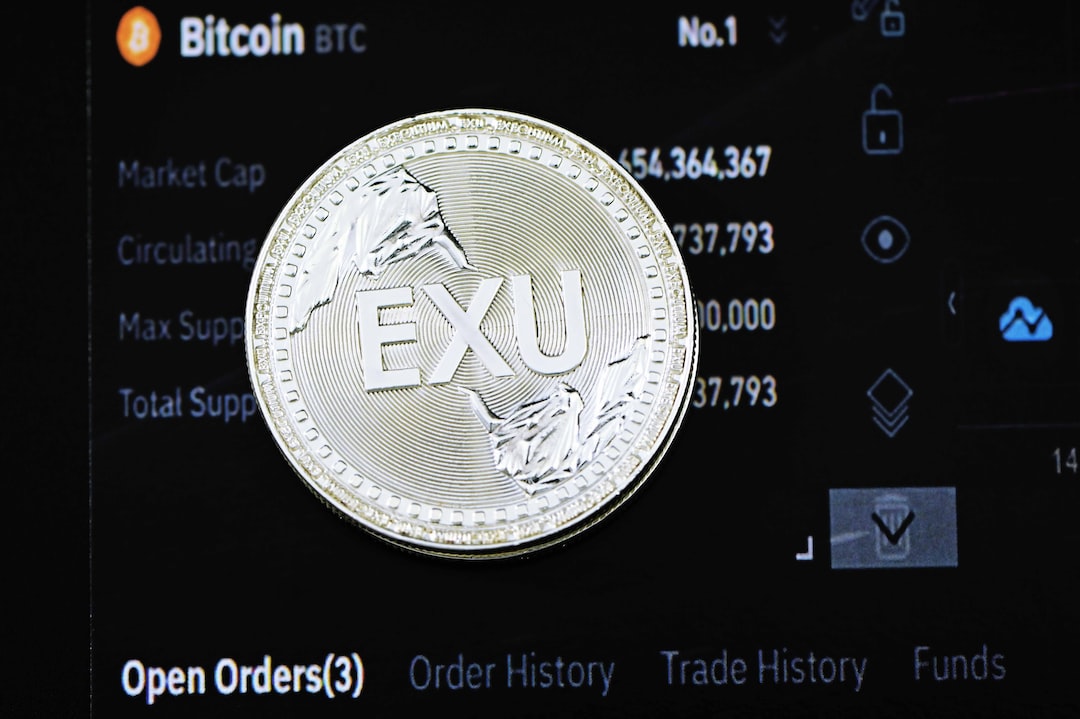What is Depegging in the Context of Stablecoins?
Depegging refers to a situation where the value of a stablecoin deviates significantly from its pegged value, which is typically a specific asset or a basket of assets, such as a fiat currency like the U.S. dollar or euro.
Implications and Causes of Depegging
A depegging event can have significant implications for stablecoins, which are designed to provide stability as a store of value and medium of exchange. It can occur due to various reasons, including changes in market conditions, liquidity issues, regulatory shifts, or even technical problems like smart contract bugs or network congestion.
If there is a sudden increase in demand for a stablecoin without sufficient liquidity to match it, the price of the stablecoin may exceed its pegged value temporarily. Conversely, a drop in demand due to regulatory changes or problems with the underlying collateral can cause the stablecoin’s price to fall below its pegged value.
The Process of Depegging and Potential Solutions
When a depegging event occurs, it typically unfolds in several steps. The stablecoin’s value deviates from its peg, and traders and investors react by buying or selling the stablecoin based on their belief in its future value. This creates arbitrage opportunities as traders can sell the stablecoin and buy the underlying asset if the stablecoin’s value is higher than its peg.
To rectify the issue, the issuer may take action such as adjusting the stablecoin’s supply or collateralization ratio. If successful, the stablecoin’s value may stabilize and return to its peg.
Algorithmic stablecoins rely on algorithms and trading incentives to maintain their pegged value. However, they may be more susceptible to depegging events, as seen with the collapse of TerraUSD.
Risks and Challenges of Depegging
Depegging poses risks and challenges for investors, traders, and the cryptocurrency ecosystem as a whole. A depegging event can cause market turbulence, leading to uncertainty and potential losses. The reputation of stablecoin issuers and the broader cryptocurrency market may also be affected, discouraging potential users and investors.
Liquidity issues can arise if there is a significant sell-off of the stablecoin, making it challenging for investors and traders to liquidate their holdings. Counterparty risk is another concern, as investors and traders face the risk of default by the stablecoin issuer or other parties involved in its operation. Regulatory risks may also emerge if governments perceive stablecoins as a threat to financial stability.
To mitigate these risks, it is important to closely monitor stablecoins in portfolios, research the issuer and collateralization, and diversify holdings across various stablecoins or other assets.
Potential Benefits of Stablecoin Depegging
Despite the risks, depegging can also present benefits for traders and market participants. It creates arbitrage opportunities where traders can profit by selling the stablecoin when its value exceeds its peg and buying the underlying asset. Even when the stablecoin’s value falls below its peg, traders can potentially buy it at a lower cost and wait for its value to return to the peg.
A depegging event can serve as a stress test for stablecoin issuers, prompting them to take corrective actions that strengthen their systems and protocols. This can enhance overall stability mechanisms and boost market confidence in the long run.
However, thorough understanding of the mechanisms and risks associated with stablecoin depegging is crucial before engaging in such trading activities.
Hot Take: The Dynamics of Stablecoin Depegging
Depegging events can have significant implications for stablecoins, impacting investors, traders, and the broader cryptocurrency ecosystem. While depegging poses risks and challenges, it also presents potential benefits for savvy traders who can capitalize on arbitrage opportunities. It is essential to closely monitor stablecoins, research issuers and collateralization, and diversify holdings to mitigate risks.





 By
By
 By
By
 By
By
 By
By
 By
By
 By
By